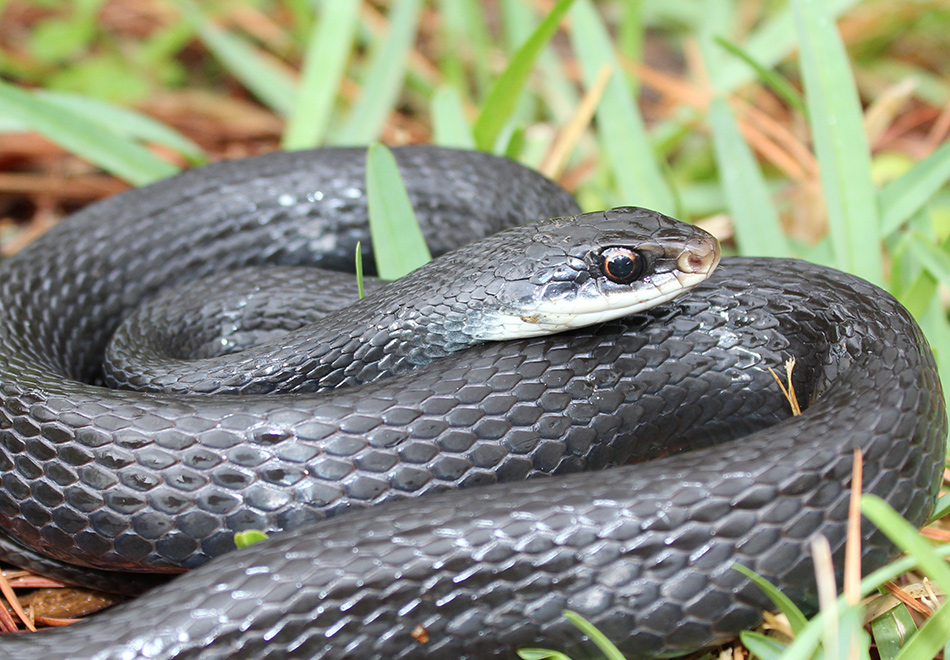Florida is an area with a fairly diverse and unique ecosystem. Thus creating favorable conditions for animals to live and develop. The article The Truth About Black Poisonous Snakes In Florida will introduce and learn about black snakes in this area.
Ecological features of Florida
Beaches, marshes, swamps, and woods are just a few of the various habitats that may be found in the southeastern US state of Florida. Numerous plant and animal species, many of which are unique to the state and the world, can be found there.
The Everglades, a large wetland ecosystem covering more than 1.5 million acres, is one of Florida’s most remarkable ecological features. Alligators, panthers, and a vast diversity of bird species are among the animals and plant species that call the Everglades home.
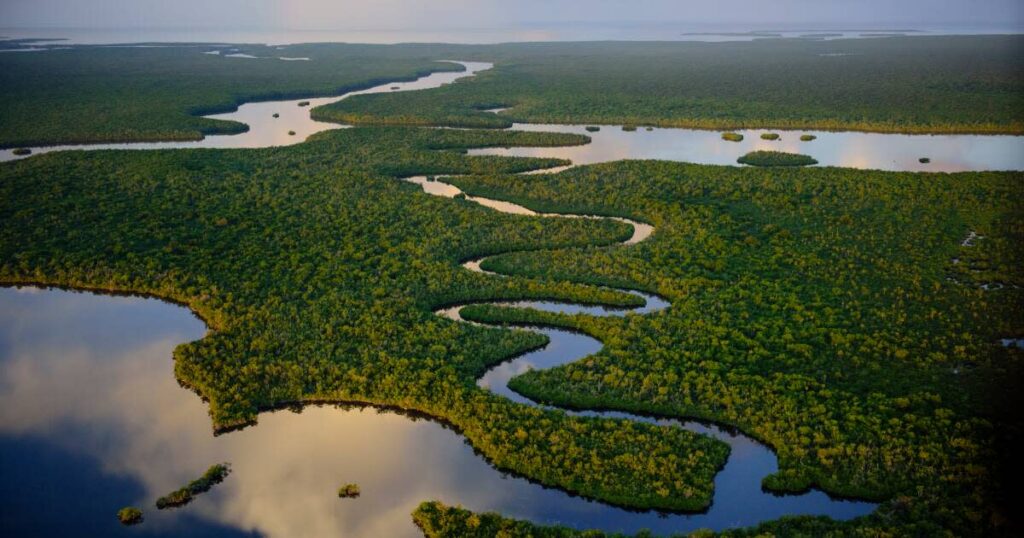
The Ocala National Forest and the Apalachicola National Forest are only two of the woods that may be found in Florida. Numerous plant and animal species, such as pine and cypress trees, as well as creatures like bears, deer, and birds, can be found in these forests.
Florida is home to a lot of agricultural areas, including citrus groves, vegetable farms, and cattle ranches, in addition to its natural attractions. These regions support the state’s economy and offer a range of goods for both regional and international demand.
Black Snakes in Florida
The Florida black racer, the eastern black racer, and the southern black racer are just a few of the black snake species that can be found in Florida. A native of Florida, the eastern black racer (Coluber constrictor) is a subspecies of the Florida black racer (Coluber constrictor floridanus). It is a non-venomous snake that can be found in a range of environments, such as wetlands, fields, and woodlands.
In the eastern United States, including Florida, the non-venomous eastern black racer (Coluber constrictor) is a common snake. It is a small, swift snake that dwells in a range of environments, such as forests, pastures, and gardens.

The southeastern United States, particularly Florida, is home to the non-venomous southern black racer (Coluber constrictor priapus). Although it resembles the eastern black racer in appearance, it mainly inhabits forested environments like swamps and woods.
It’s important to remember that several black-colored snake species are native to Florida, including the eastern coachwhip (Masticophis flagellum) and the eastern garter snake (Thamnophis sirtalis sirtalis). The black racer snakes are not closely related to these species, though. This is a follow-up to The Truth About Black Poisonous Snakes In Florida.
Is it dangerous to be bitten by a black snake?
Most species of black snakes are nonvenomous and are not a threat to humans. If you are bitten by a black snake, it is unlikely to cause any serious harm, and the bite should heal on its own within a few days. However, it is important to keep the bite clean to prevent infection.
Wash the bite wound with soap and water and apply an antibiotic ointment to help prevent infection. If you experience any unusual symptoms or if the bite wound becomes red, swollen, or painful, you should seek medical attention as soon as possible.
It is also worth noting that while black snakes are generally not a threat to humans, any wild animal can bite or scratch if it feels threatened, so it is important to give all snakes (and other wild animals) plenty of space and not attempt to handle them.
If you are concerned about the presence of snakes on your property, you may want to consider hiring a licensed pest control professional to assess the situation and recommend a course of action.
Which Florida Black Snake Is Poisonous?
There are no venomous black snake species that are native to Florida. In Florida, there aren’t any venomous black snakes. The eastern diamondback rattlesnake, the pygmy rattlesnake, the cottonmouth (sometimes called the water moccasin), the coral snake, and the timber rattlesnake are the only venomous snakes found in Florida.
None of these snakes are wholly black; instead, they have a variety of hues and patterns. Keep your distance and avoid attempting to handle any snakes you encounter in Florida that you suspect may be venomous. If you are worried about dangerous snakes in your home, you might want to think about contacting a qualified pest control specialist to evaluate the problem and make recommendations for a course of action.
This is a follow-up to The Truth About Black Poisonous Snakes In Florida.
Black swamp snake
The black swamp snake (Seminatrix pajama) is a nonvenomous snake that is native to the southeastern United States, including Florida. It is a small snake, typically growing to a length of about 20-30 inches as an adult. The black swamp snake is a shiny, black color and has a slender body with smooth scales.
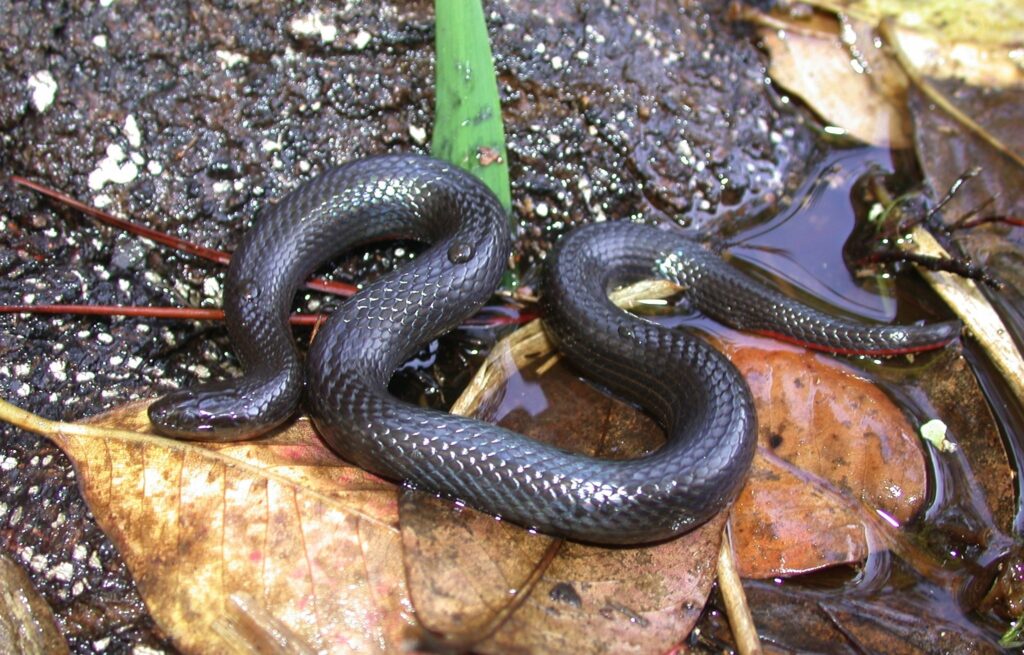
It is a good swimmer and is often found near water, where it feeds on small fish, amphibians, and insects. The black swamp snake is nonvenomous and is not a threat to humans. If you encounter a black swamp snake, you should leave it alone and give it plenty of space. It is important to respect all wild animals and not attempt to handle them, as they can bite or scratch if they feel threatened. This is a follow-up in The Truth About Black Poisonous Snakes In Florida.
Brahminy blind snake
The Brahminy blind snake (Ramphotyphlops braminus) is a small, nonvenomous snake that is native to parts of Africa, Asia, and the Pacific islands but has also been introduced to other parts of the world, including Florida. It is also known as the flowerpot snake, the red-headed blind snake, and the spreadhead blind snake.
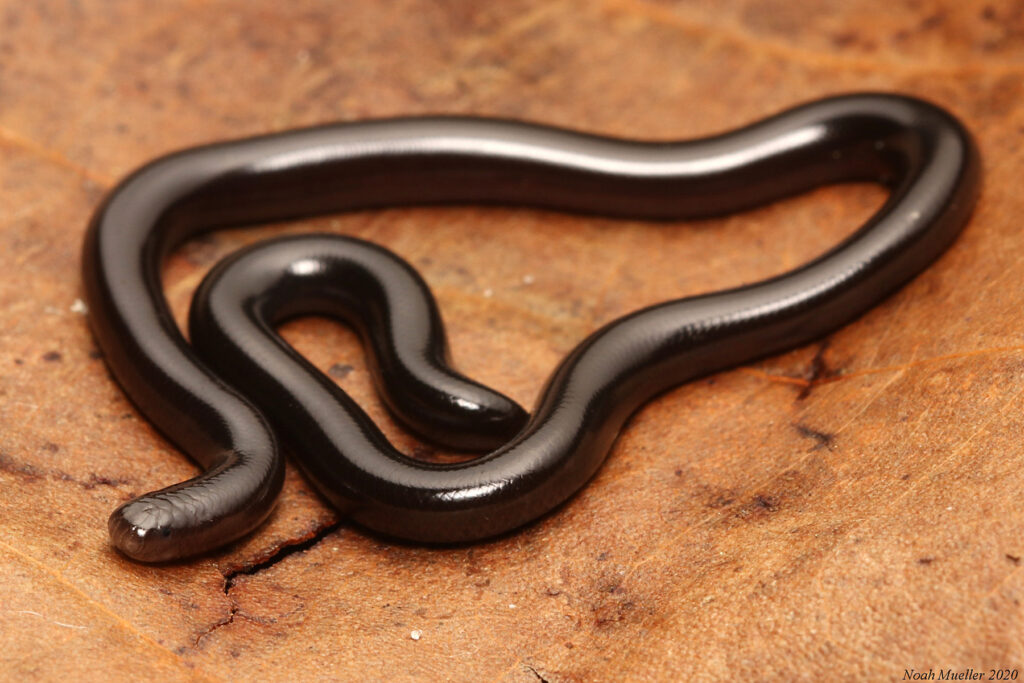
The Brahminy blind snake is a small snake, typically growing to a length of about 4-6 inches as an adult. It is shiny and smooth-scaled and is brown or reddish. It has a small, pointed head and a very slender body. The Brahminy blind snake is a burrowing species and is often found in gardens and agricultural areas, where it feeds on small insects and invertebrates.
It is not a threat to humans and is not venomous. If you encounter a Brahminy blind snake, you should leave it alone and give it plenty of space. It is important to respect all wild animals and not attempt to handle them, as they can bite or scratch if they feel threatened. This is a follow-up in The Truth About Black Poisonous Snakes In Florida.
Eastern indigo
The eastern indigo snake (Drymarchon couperi) is a large, nonvenomous snake that is native to the southeastern United States, including Florida. It is a federally protected species and is listed as threatened in some states. The eastern indigo snake is a glossy, black snake with a slender body and smooth scales.
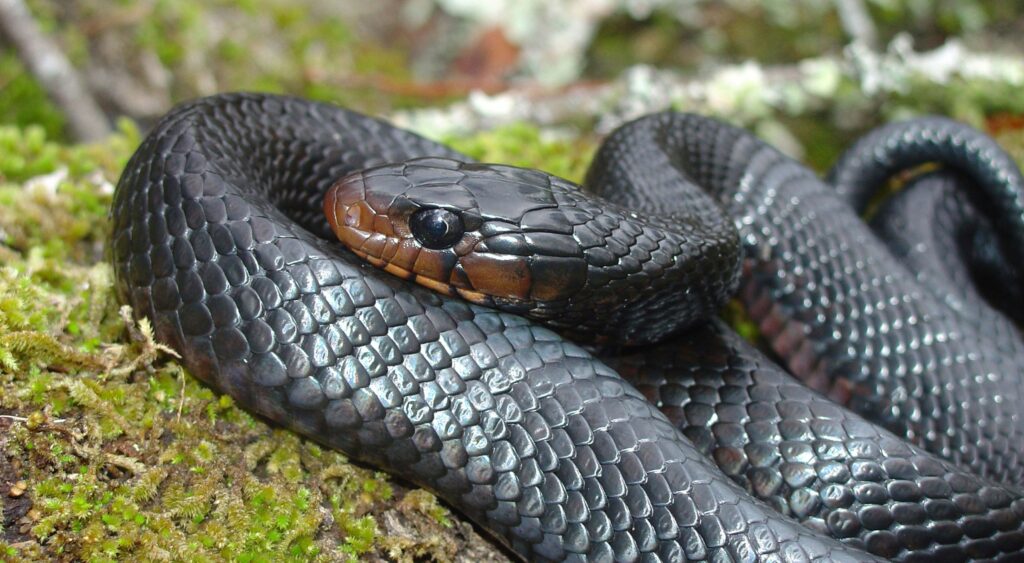
It can grow to be quite long, with adults reaching lengths of up to 8 feet. The eastern indigo snake is a carnivorous species and feeds on a variety of prey, including rodents, birds, reptiles, and amphibians. It is not a threat to humans and is not venomous. If you encounter an eastern indigo snake, you should leave it alone and give it plenty of space.
It is important to respect all wild animals and not attempt to handle them, as they can bite or scratch if they feel threatened. If you are interested in learning more about the eastern indigo snake or want to help protect this species, you may want to contact a local conservation organization or the U.S. Fish and Wildlife Service. This is a follow-up in The Truth About Black Poisonous Snakes In Florida.
Hope the article The Truth About Black Poisonous Snakes In Florida will provide useful information for you.

